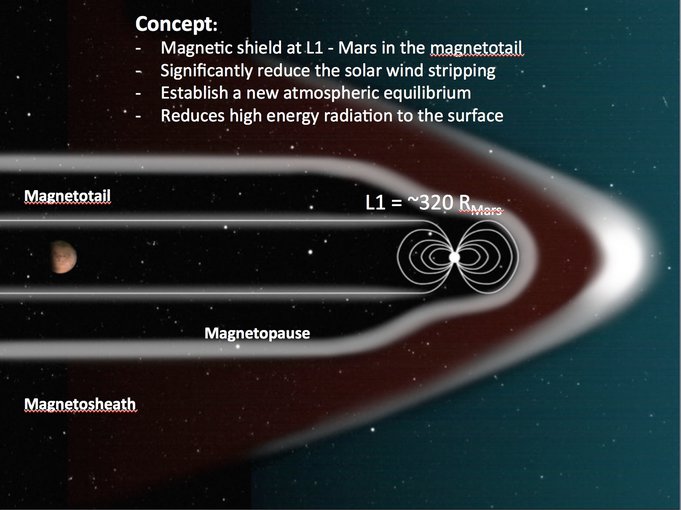The Astronomy Thread
- Thread starter Araxen
- Start date
You are using an out of date browser. It may not display this or other websites correctly.
You should upgrade or use an alternative browser.
You should upgrade or use an alternative browser.
So now we know it's very red (like kuiper belt objects) and featureless.
ELI5 what this might mean?
- 1
- 8,549
- 10,824
Almost certainly not: it's 122° from the ecliptic, so it never even came close to any major body in the solar system.An collision/disturbance within the solar system could still cause it too take that ejection trajectory. Unfortunate we can't take a look, such a missed opportunity!
- 1
Pops
Avatar of War Slayer
- 8,136
- 21,317
- 2
Jet observed on 67p. Frozen Comet Fart (Actually a Jet) Caught on Camera
"This plume was really special," Agarwal added. "We have great data from five different instruments on how the surface changed and on the ejected material because Rosetta was, by chance, flying through the plume and looking at the right part of the surface when it happened. Rosetta hasn't provided such detailed and comprehensive coverage of an event like this before."
Rosetta finds comet plume powered from below

"This plume was really special," Agarwal added. "We have great data from five different instruments on how the surface changed and on the ejected material because Rosetta was, by chance, flying through the plume and looking at the right part of the surface when it happened. Rosetta hasn't provided such detailed and comprehensive coverage of an event like this before."
Rosetta finds comet plume powered from below
- 4
Cybsled
Naxxramas 1.0 Raider
- 18,227
- 14,750
Can you imagine, if instead of a small rock that was a brown dwarf ejected from a solar system or something.
Coming up next on Syfy...
There was some mini-series on History channel called 10 ways the world can end. One was a rogue planet the size of Neptune being flung into our solar system and getting close enough to Earth that gravitational forces tear our planet apart.
- 2
- 5
Dandain
Trakanon Raider
- 2,092
- 917
Dandain
Trakanon Raider
- 2,092
- 917
This is a front page thread.
NASA Astrobiology

NASA Astrobiology
An artificial magnetosphere of sufficient size generated at L1 – a point where the gravitational pull of Mars and the sun are at a rough equilibrium — allows Mars to be well protected by what is known as the magnetotail. The L1 point for Mars is about 673,920 miles (or 320 Mars radii) away from the planet. In this image, Green’s team simulated the passage of a hypothetical extreme Interplanetary Coronal Mass Ejection at Mars. By staying inside the magnetotail of the artificial magnetosphere, the Martian atmosphere lost an order of magnitude less material than it would have otherwise. (J. Green)

- 5
- 1

Dandain
Trakanon Raider
- 2,092
- 917
What is dead may never die
To quote the first line of a letter published today in the journal Nature, “Every supernova so far observed has been considered to be the terminal explosion of a star.” In other words, when a massive star blows itself up, it should remain dead. This is something astronomers have witnessed thousands of times before with absolutely no exceptions.
- 1
The scattered light from the stellar blast travels different distances to arrive at Earth. Some light comes to Earth directly from the supernova blast. Other light is delayed because it travels indirectly. In this case, the light is bouncing off a huge dust cloud that extends 300 to 1,600 light-years around the supernova and is being reflected toward Earth.
- 4
Pops
Avatar of War Slayer
- 8,136
- 21,317
- 4
Share:












